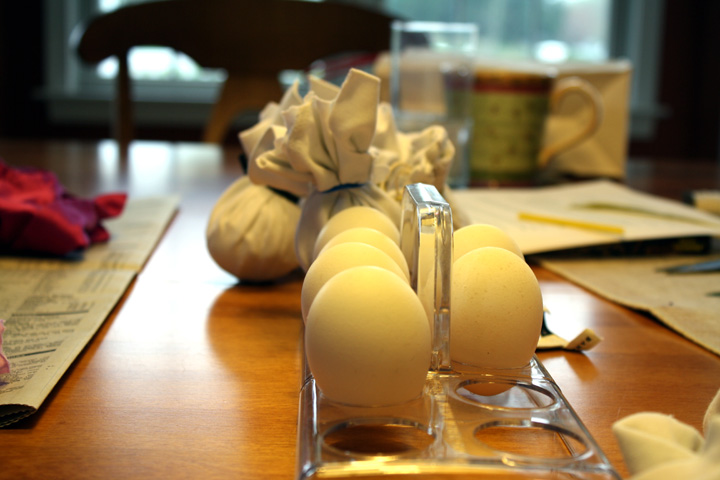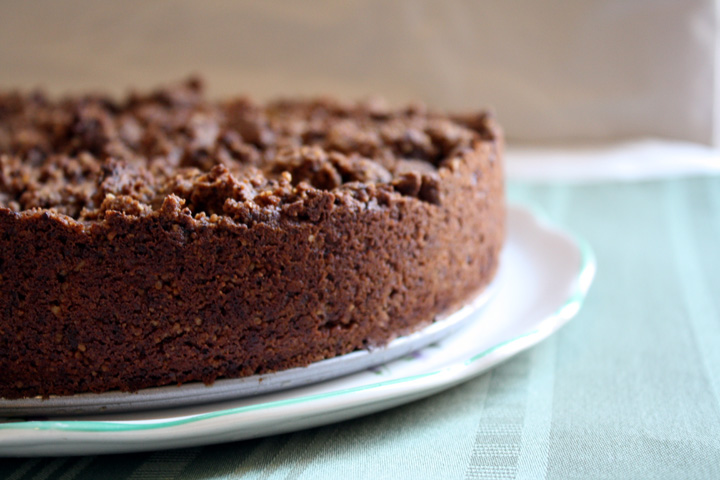Yeah, that’s right, I’m celebrating the 10th of May…whatcha gonna do about it?!
So once again, I’m posting a holiday recipe post late. But it’s not my fault. Also, how appropriate that today is the 10th of May, i.e. Cinqo( x 2) de Mayo :)
Plus, Mexican food is enjoyable every day of the week. This recipe is no exception.
 The other night I bought a rotisserie chicken. I wanted to make a quick bbq chicken pizza for dinner using my favorite new quickie, healthy crust: socca. I’ll explain more about that in another post.
The other night I bought a rotisserie chicken. I wanted to make a quick bbq chicken pizza for dinner using my favorite new quickie, healthy crust: socca. I’ll explain more about that in another post.
Anyway, I was in no mood for cooking up chicken (plus touching raw chicken is disgusting and germy…right Nicole? ;) ), so I got lazy and bought the cooked rotisserie chicken they have at the supermarket.
It may be expensive, but let me tell you, it’s worth every penny for the time, hassle and degree of gross-ness you save! I only used about 1 cup of it on the pizza so I shredded up the rest and stored it in the freezer for another recipe.
Most casserole recipes that I have come across in my searches involve cooked chicken. I find this soooo annoying as you have to either boil up a chicken breast just for the recipe, or have leftover chicken lying around, which I never do. But this time I was prepared!
I went into my recipe collection and pulled out the one for a Chicken Tamale Casserole from Cooking Light that I had been putting off making because it called for cooked chicken. I knew Nate would love it because it has a cornbread base.
It was incredibly easy to make. It took one bowl and only 30 minutes in the oven. It was perfect for a quick weeknight meal if you’ve got some pre-cooked chicken sitting in your fridge or freezer. And it was totally delicious.
I had some black beans leftover from a Black Bean Brownie disaster (don’t even ask) so I threw them in too. Tasty.
Chicken Tamale Casserole
Adapted from Cooking Light
Serves 8
1/3 cup fat-free milk
1/4 cup egg substitute, or 1 egg
1 teaspoon ground cumin
1/8 teaspoon ground red pepper
1 (14 3/4-ounce) can cream-style corn
1 (8.5-ounce) box corn muffin mix (such as Martha White)
1 (4-ounce) can chopped green chiles, drained
Cooking spray
1 (10-ounce) can red enchilada sauce (such as Old El Paso)
1 cup black beans
2 cups shredded cooked chicken breast
1/2 cup fat-free sour cream
































